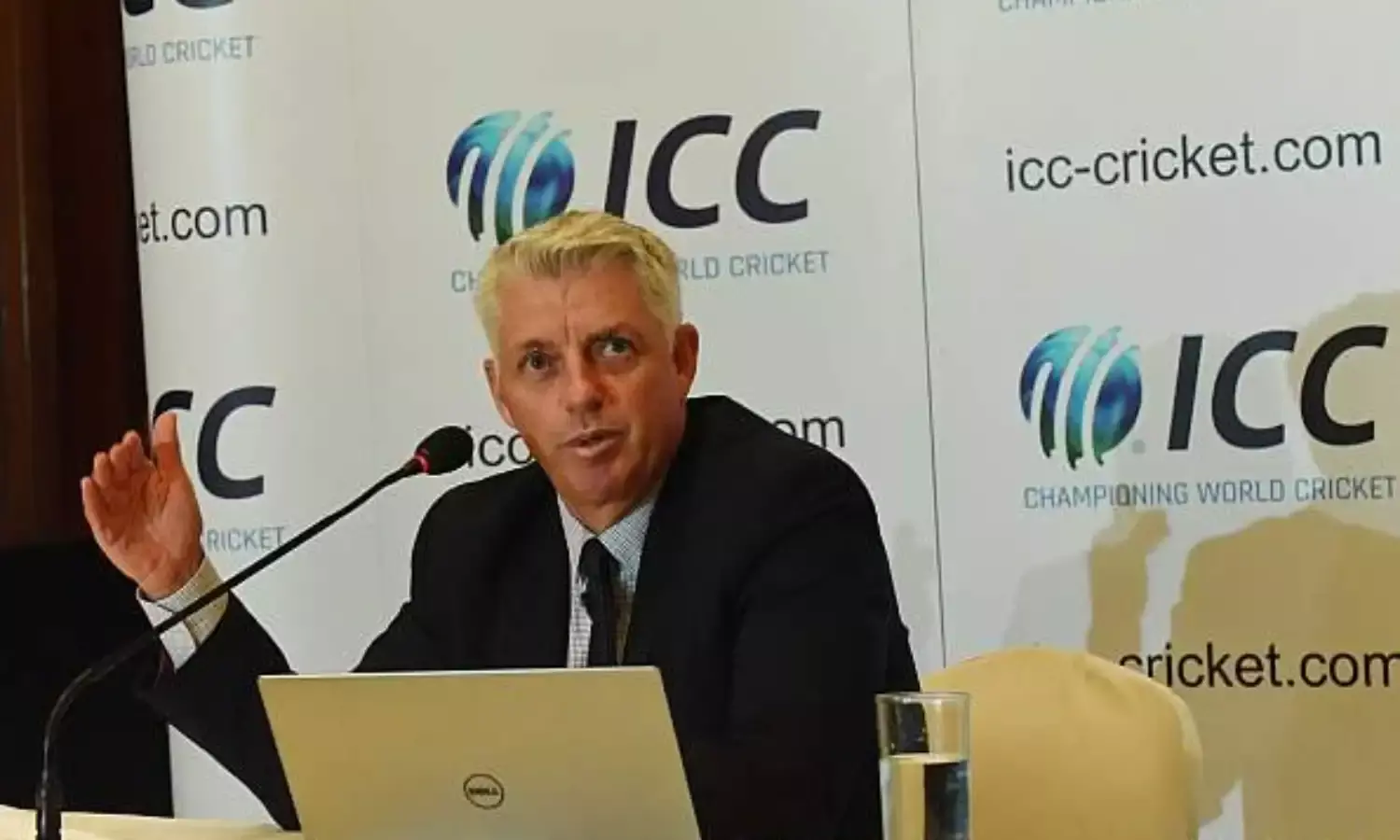Decoding the Future Tour Programme of 2018-2023: Added Context in Bilateral Cricket
Decoding the Future Tour Programme of 2018-2023: Added Context in Bilateral Cricket

The International Cricket Council (ICC) on Wednesday (June 20) released the Future Tour Programme (FTP) on behalf of its members for the 2018-2023 period. This is basically a tentative itinerary of international men’s cricket for the next five years. Importantly, it is the first-ever FTP featuring a World Test Championship and an ODI Qualification League leading into the 2023 World Cup. Hence, for the very first time in the history of international cricket, bilateral fixtures will have context and relevance.
The inaugural and much-awaited edition of the World Test Championship will run from 15 July 2019 to 30 April 2021 with nine top-ranked Test sides featuring in it. The teams will play six series in the two- year cycle on a home and away basis against opponents they have mutually selected. Following the end of cycle in 2021, two top ranked teams will lock horns in a final in order to decide the first-ever World Test Champions. The second edition of the Test championship will commence from 2021 and the final will be in 2023.
On the other hand, the 13-team ODI League will run from 1 May 2020 to 31 March 2022. Along with 12 Test playing nations, Netherlands, the winner of the last edition of ICC World Cricket League, will participate in this league, in which all the sides will play eight series over a two-year cycle on a home and away basis against mutually agreed opponents.
Following the end of the two-year period, the seven top-ranked sides in the ODI league as on 31 March 2022 and India (as the host) will directly qualify for the 2023 World Cup, which will be a 10-team event. However, the bottom five teams of ODI league will get another opportunity to feature in the mega tournament through the ICC Cricket World Cup Qualifier, where they will be joined by five top Associates and those ten teams will battle it out for the remining two remaining spots in the World Cup.
Here, just to clarify further, in these five years not all bilateral series or matches will count towards the Test Championship and the ODI League. The multi-team events (like a tri-series or Asia Cup) will not be considered. Also, there will be bilateral fixtures whose outcomes will not affect team’s standings or point’s table of these competitions. Only pre-decided series on home and away basis (six in case of the Test championship and eight for the ODI league) against mutually agreed opponents will be taken into account.
Talking about this historic FTP, ICC Chief Executive David Richardson stressed upon the fact that international cricket is going to be more engaging for the fans and other stakeholders.
“The agreement of this FTP means we have clarity, certainty and most importantly context around bilateral cricket over the next five years. The World Test Championship will get underway next year with the ODI league kicking off in 2020 as part of the qualification towards the ICC Cricket World Cup 2023.
“Bringing context to bilateral cricket is not a new challenge, but with the release of this FTP, our Members have found a genuine solution that gives fans around the world the chance to engage regularly with international cricket that has meaning and the possibility of a global title at the end,” he said.
A look at India’s assignments in the 2018-2023 FTP
As expected, according to be FTP, India will be playing majority of their matches against top-ranked teams in all three formats. In this cycle, the ‘Men in Blue’ will feature in more than 200 internationals matches, the most by any international side during that phase. Amongst these matches, there will be at least 102 games at home, as they are hosting every Test-playing nation except Ireland and Pakistan.
Here is India’s complete home and away itinerary season by season:
India’s campaign in the World Test Championship will commence against the West Indies in the Caribbean in July 2019, while their first ODI series in the league will be against Sri Lanka in Sri Lanka in June 2020.



